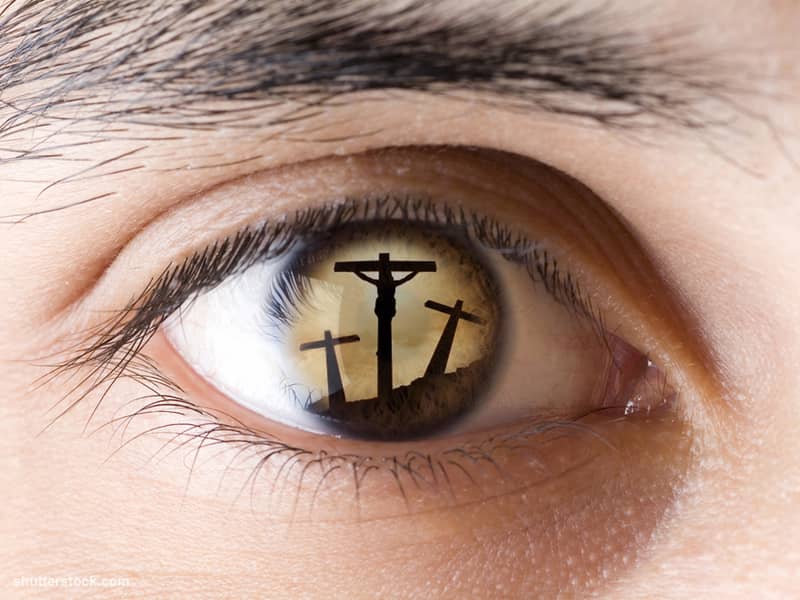[My earlier] pilgrimages to Jasna Gora [a Marian shrine in Poland] may have given birth to my desire to begin my pilgrim journeys as Pope by visiting a Marian shrine. This desire led me to make my first apostolic journey to Mexico, at the feet of Our Lady of Guadalupe. The love that the Mexicans and the people of Latin America in general have for Our Lady of Guadalupe-a love expressed spontaneously and emotionally, but intensely and profoundly-is very similar to the Polish Marian devotion that shaped my own spirituality. They affectionately call Mary La Virgen Morenita, which can be freely translated as "the Black Madonna." There is a popular Mexican song about the love of a young man for a young lady, which the people address to Our Lady. Those melodious words linger in my ears:
Conoci a una Linda Morenita . . . y la guise macho.I visited the shrine at Guadalupe during my first apostolic pilgrimage in January 1979. The decision to travel there was made in response to an invitation to take part in a meeting of the Conference of Bishops of Latin America at Puebla de Los Angeles. To some degree, this pilgrimage inspired and shaped all the succeeding years of my pontificate.
Por Las tardes iba yo enamorado y carinoso a verla. Al contemplar sus ojos, mi pasion crecia.
Ay Morena, morenita mia, no to olvidare.
Hay un Amor may grande que existe entre Los dos, entre Los dos . . .
I met a beautiful dark-skinned woman and came to like her very much.
Evenings-full of love and affection-I would walk to see her.
When I looked into her eyes, my love grew.
O dark-skinned woman, my dark-skinned woman, I will not forget you.
There is a great love between us, between us . . .
But to return to Guadalupe, in 2002 I was privileged to celebrate the canonization of Juan Diego in this shrine. It was a wonderful opportunity to offer thanks to God. Juan Diego, having embraced Christianity without surrendering his indigenous identity, discovered the profound truth about the new humanity, in which all are called to be children of God in Christ. "I bless you, Father, Lord of heaven and earth, for although you have hidden these things from the wise and the learned you have revealed them to mere children . . . ." (Matt. 11:25). And in this mystery, Mary had a very particular role.

